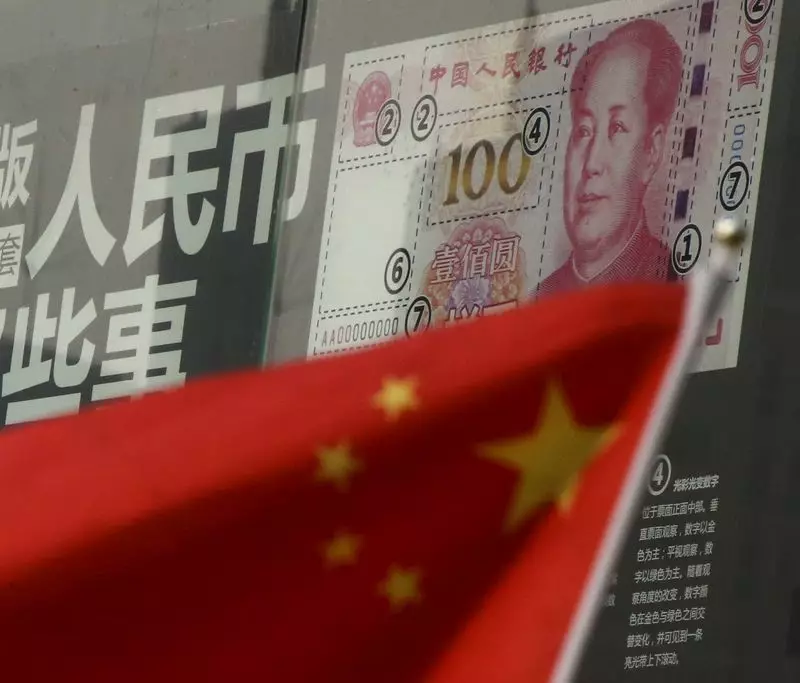As financial markets continue to react to macroeconomic data, the latest U.S. inflation figures released have significantly influenced the trajectories of various Asian currencies. On Thursday, most Asian currencies showed a slight appreciation against the U.S. dollar. The consumer price index (CPI) data revealed an inflation rate that surged to its highest level in seven months for the month of November. However, this rise was largely anticipated by the market, which has led to an increased probability of the Federal Reserve implementing an interest rate cut in the near future. Market analysts now estimate a staggering 98% likelihood of a 25 basis point reduction happening next week, a noticeable jump from the 81% forecasted just a week prior, based on information from the CME Fedwatch tool. As a result, the U.S. Dollar Index experienced a minor decline of 0.2%, while futures contracts on the dollar similarly dipped during the Asian trading hours.
The focus has now shifted toward China, especially given the ongoing Central Economic Work Conference (CEWC), which is poised to provide critical insights into the Chinese government’s response to its internal and external economic challenges. With the country grappling with a deceleration in economic growth, diminished consumer spending, and heightened external pressures from trade disputes, this two-day meeting is of amplified importance. Reports suggest that China’s leadership is considering strategies such as devaluing the yuan in anticipation of potential increases in U.S. trade tariffs, particularly with the impending return of Donald Trump to the White House next month. This potential move underscores a recognition within Chinese policymakers of the necessity for more aggressive economic stimulation to bolster resilience against Trump’s proposed trade measures.
Meanwhile, the South Korean won has exhibited notable fluctuations amidst a political crisis enveloping the country. Following attempts by police to conduct a raid on President Yoon Suk Yeol’s office due to an ongoing criminal investigation concerning allegations of his interest in declaring martial law, the USD/KRW exchange rate saw a modest increase of 0.3%. As President Yoon vows to resist calls for his impeachment, the political climate remains tumultuous, launching the nation onto a precarious international stage. Uncertainty regarding the leadership and governance has direct implications for the valuation of the won, reflecting broader concerns about regional stability.
Across other major Asian economies, the Japanese yen slightly depreciated against the dollar, with the USD/JPY pair easing down by 0.1%. The Singapore dollar experienced a similar trend, with its pair fractionally lower in recent trading. Meanwhile, the Philippine peso succumbed to a decline of 0.3% against the dollar, while the Indian rupee marked a modest gain. Noteworthy, the Australian dollar exhibited strength, soaring by 0.8% as employment statistics outperformed expectations. The Australian labor market data indicated that while employment numbers surged in November, unemployment fell unexpectedly, leading analysts to reassess the Reserve Bank of Australia’s (RBA) forthcoming monetary policy stance. With speculation growing that interest rate cuts may materialize by the second quarter of 2025, the RBA’s recent decision to maintain current rates, citing persistent inflation and a tight labor environment, has ignited discussions in investment circles.
The interplay of U.S. inflation data and China’s impending policy direction is guiding the behavior of Asian currencies in complex and often unpredictable ways. The prospect of U.S. interest rate cuts juxtaposed against China’s significant economic challenges places regional currencies on a volatile path. With internal politics also shaping currency movements, especially in South Korea, market participants are advised to stay alert to developments that may influence the broader economic landscape. Understanding these dynamics becomes critical for investors looking to navigate the multifaceted nature of the Asian financial environment.


Leave a Reply